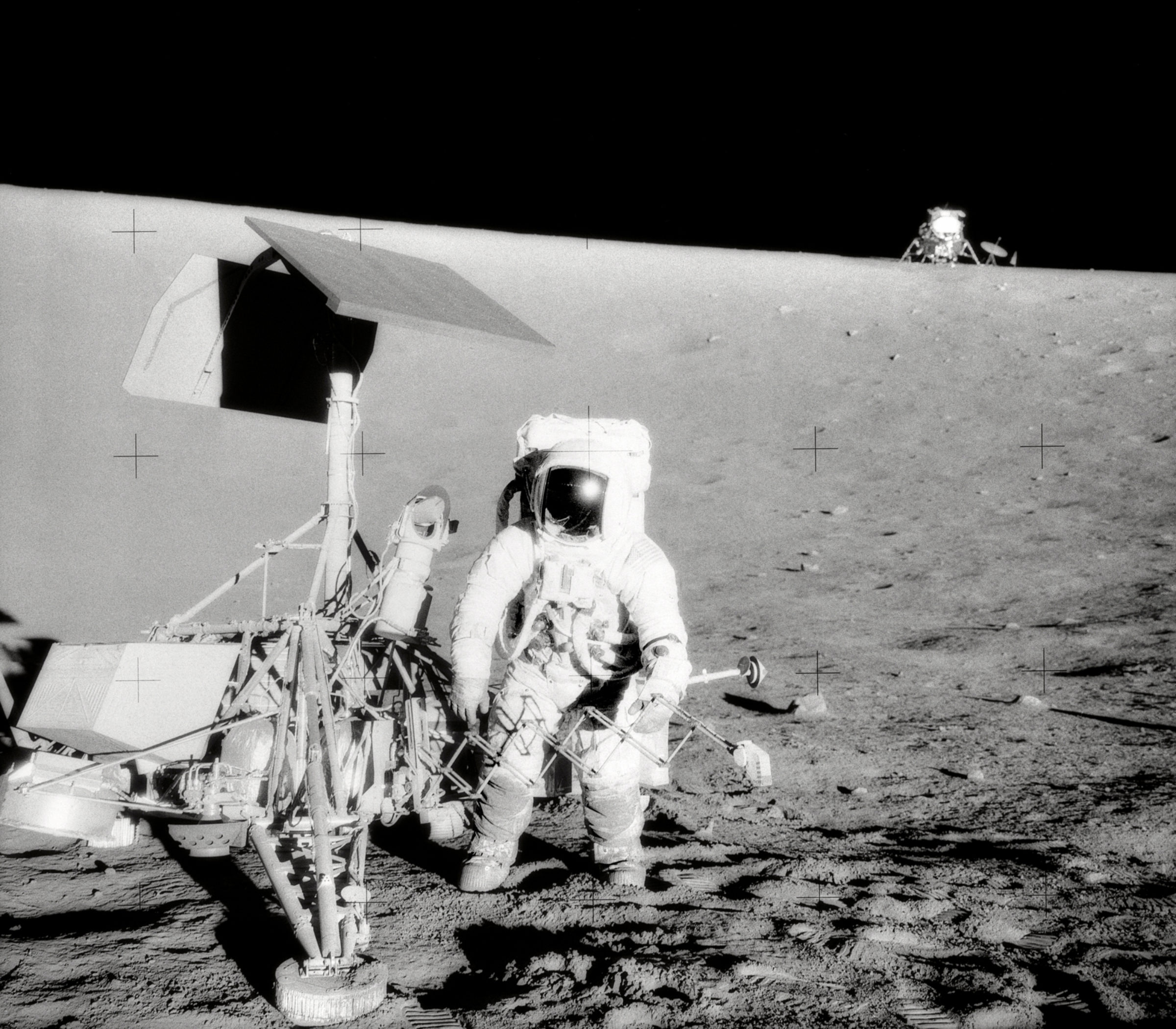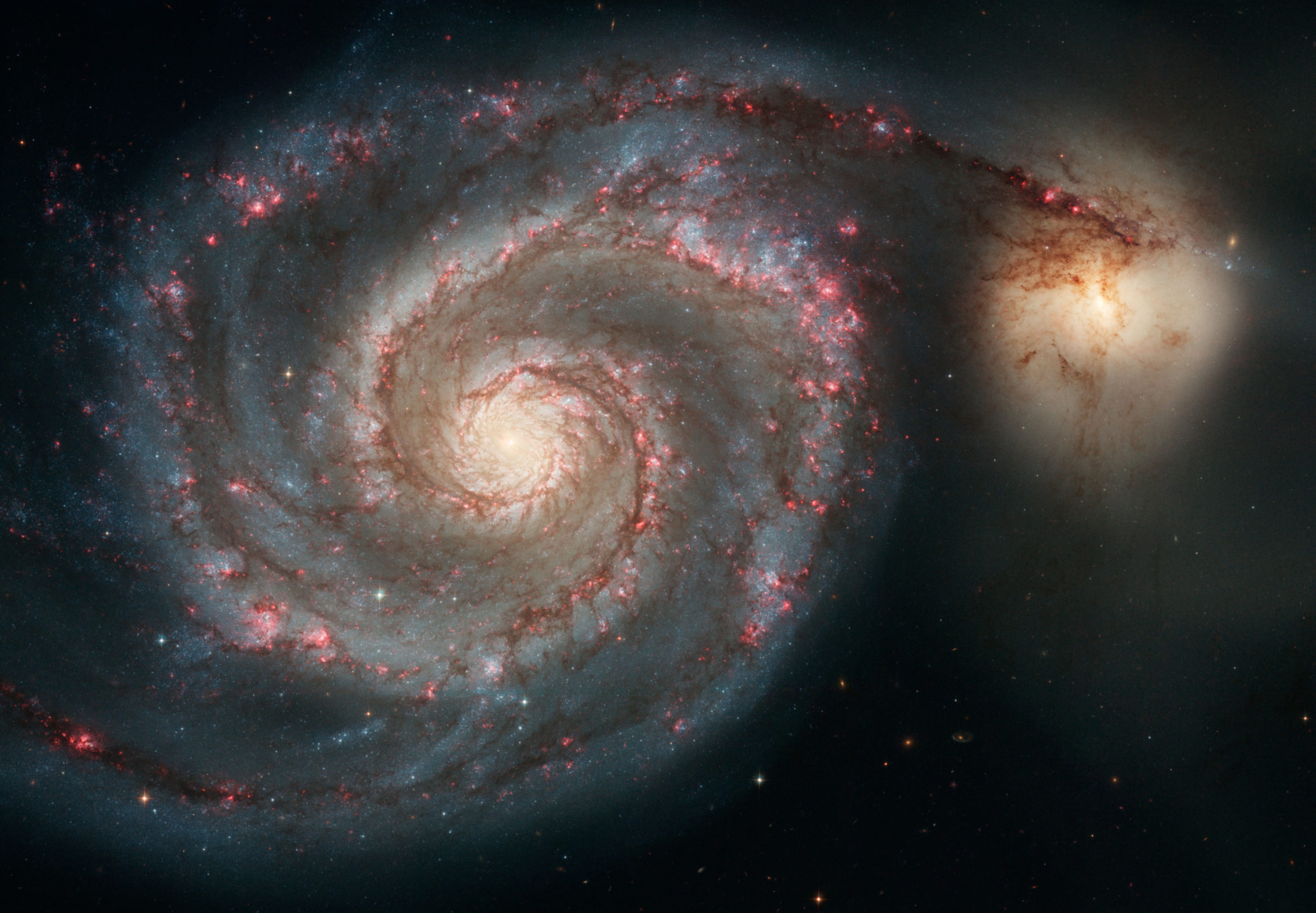Felipe Cervera • Apr 11, 2017
Extraterrestrial culture: How we express ourselves through space exploration
Dear reader: I am going to invite you to do a quick exercise before you start reading this text. It will only take you a few seconds. These are the instructions: (1) Close your eyes. (2) Imagine what an extraterrestrial culture looks like. (3) Once you have a more or less clear image, continue reading.
Ready? Good. Did you think of the culture of an alien society? Well, that is not quite what I have in mind. What I actually mean is, the way our human cultures express themselves through space exploration, and therefore the ways in which we are already practicing an extraterrestrial culture.
This is not a new thing. Terrestrial cultures have (always) had a degree of extraterrestrial-ity in them. Cultural astronomers and archeoastronomers (historians and scientists that work with the history of extraterrestrial observation and its impacts on civilization) have demonstrated that this was already a constant in ancient civilizations, with examples such as the rituals performed in places like Stonehenge and Chichen Itza. Satellite technology and its impact on contemporary telecommunications may be the clearest example of this in our world today. Indeed, extraterrestrial space has been a constant feature in the human history.

I am a theatre and performance maker and scholar. Loosely speaking, I think through big words like “culture” and “knowledge” by using terms like “staging,” “enactment,” “performativity,” and “embodiment.” Yet, when I speak about the “enactment of space,” I am not really referring to the space legend about Apollo 11’s lunar landing being faked. Instead, I am much more interested in paying attention to what the utterance “that’s one small step for [a] man, one giant leap for mankind” performed. In theatre and performance, we care a lot for the symbolic meaning of words. In fact, we often refer to a book titled How to Do Things with Words (1962), where the author, John L. Austin, describes that a very important function of language is to perform actions. Memorable examples that Austin provides are weddings and baptisms, where saying “I do” or “I hereby name you…” effectively perform the action of marrying and naming. We don’t marry stars, but we do name them, and human cultures have done so since millennia ago. In naming a star, we perform space according to a determinate set of terrestrial cultural references. So unless the folks at SETI crack a signal open and discover a non-terrestrial intelligence, extraterrestrial culture starts with us. We share space with ourselves. And we do so, as sociologists Peter Dickens and James Ormrod explain in The Palgrave Handbook of Society, Culture and Outer Space (2016), by practicing space according to different social orders.
More recent examples of extraterrestrial culture appear in visual language. Like words, images have different degrees of performativity—meaning that more than simply communicating an idea, they are able to bring forth the action of that idea. For example, an excellent illustration of early Soviet extraterrestrial culture is given in Olesya Turkina’s book, Soviet Space Dogs (2014), in which she demonstrates the extent to which the first animals in space impacted popular culture in the Soviet Union, by effectively creating an extraterrestrial sense to the patriotic mission of the Soviet mindset during the Cold War.
Another example is the wave of phenomenal interplanetary and intergalactic photography that instruments like the Hubble Space Telescope have produced. In respect to the specific case of the images produced by Hubble, these are coloured in such a way that the resemblance to the work of painters of the Romantic West is uncanny, thereby extending the visual imagery of the ‘final frontier’ onto the cosmos. Elizabeth Kessler explains this point in Picturing the Cosmos: Hubble Space Telescope Images and The Astronomical Sublime (2012):
The appearance of the Hubble images depends on the careful choices of astronomers who assigned colors, adjusted contrast, and composed the images. Although attentive to the data that lie behind the images, through their decisions astronomers encourage a particular way of seeing the cosmos […]
As with the Eagle Nebula, many of the Hubble images bear a striking resemblance to earthly geological and meteorological formations, especially as depicted in Romantic landscapes of the American West (p. 5).

Hubble images have had a remarkable impact in the ways in which extraterrestrial space continues to be represented in mass media and films. However, in the last twenty years we have seen an increase of extraterrestrial culture in locations other than the U.S. and Russia. As more space programmes get instituted in diverse cultural contexts, the markers of extraterrestrial culture are multiplying. Sometimes, like the case of the European Space Agency, the investment into cultural and artistic activities is much more deliberate. Other times, like the case of the Chinese or Indian space programmes, the cultural dimension of space research is somewhat more implicit.
For example, between 2005 and 2008, the European Space Agency commissioned the arts agency The Arts Catalyst to carry out a study on the cultural utilization of the International Space Station (ISS). The study aimed to design and suggest policies and projects that extended the cultural possibilities of space research beyond the usual scientific circles. Among the suggestions from The Arts Catalyst was the launch of a pilot project of artistic residencies that, once in place, hosted the production of really exciting experimental art and performance. In fact, space art is on the rise. This is not only in light of the occasional show that happens inside the ISS, like Chris Hadfield’s epic rendition of David Bowie’s Space Oddity. Many compelling artists are currently producing work that in relates to the scientific processes through which astronomical and cosmological knowledge is produced, often suggesting alternative ways to performatively relate to the universe. A great window to peep into this is Kosmika, a yearly festival that gathers an exciting range of Space artists and their work. The curator of the festival is the Mexican performance artist and musician Nahum, who is an associate curator with The Arts Catalyst, and also chairs the Committee for the Cultural Utilisation of Space (ITACCUS) of the International Astronauticall Federation (IAF).
In contrast to the European investment into the cultural utilization of space, the Chinese space program is better known for its more hermetic attitudes, so we don’t really know a lot about the country’s space technology until it is announced or launched. Yet, as other countries, space research in China is embedded into a specific cultural milieu that is more clearly expressed in straightforward examples, like naming its lunar missions after the Chinese goddess of the Moon, Chang’e. In the case of India, in 2015 the scientists at the Mars Orbiter Mission presented the world with perhaps one of the most significant images of space science in recent times: a group of women scientists dressed in sari celebrating the successful orbit of their Mars satellite, Mangalyaan. Against the more common picture of male scientists dressed in shirts and ties, this image certainly contributes to the idea of space as a diverse place and extraterrestrial culture as an exemplary practice of humankind.
RT @NidhiSubs: Respect. The women powering India’s space program http://t.co/uuYF0qFM6y via @qz pic.twitter.com/DYOf6IMXhO
— Emily Lakdawalla (@elakdawalla) September 24, 2014
Space research is a human practice, and as such, it carries cultural values within. These are expressed more visibly in examples like the ones that I have been listing in the last few paragraphs. But a deeper and closer reading or appreciation of these and other examples will reveal the philosophical structures and principles that we use to relate to the universe at large. Not only will issues about the boundaries of geopolitics and astropolitics might then be revealed, but also, we may see more philosophical and aesthetic questions about our cosmic agency and role. These questions trouble space scientists as much as they trouble scholars working in the humanities and in the arts. In continental and analytic philosophy, for example, there are long-standing traditions of looking up to the stars as a way to address complicated questions about the meaning of being and knowing.
Indeed, the cultural dimension of space research is a bit more complex than outreach and science communication. Yet, why is it important today to think about space in cultural terms? In short: because we are in the cusp of an extraterrestrial cultural revolution.
Humankind has practiced outer space—that is, we have performed it—since time immemorial. Through science, philosophy and the arts, we have practiced extraterrestrial culture since the first time we took a star as a reference to life on Earth—Ptolemy, Copernicus and Galileo were all already practicing extraterrestrial culture. However, today extraterrestrial culture acquires a much more material potential. In an age of climate change and orbital trash, of planetary stewardship and satellite telecommunication, of interplanetary colonialism and orbital cosmopolitanism, the performativity of our extraterrestrial culture is no longer exclusively a projection for the future, but rather the pressing expression of the material relationality between us, our planet, and with the universe at large. How we enact space now is therefore a determinant factor in the ways in which we will continue to practice space in the future.
Today, we might have an ideal moment to reevaluate how space science is practiced, how it percolates into society at large, and how it determines and is determined by the cultures in which it is takes place. Today, thinking extraterrestrial-ly might no longer need to mean breaking the final frontier (aren’t we tired of breaking things?). Instead, an emphasis on how we, as terrestrial beings, are always in relation and interaction with the extraterrestrial beyond seems much more pressing. Even when human presence in the solar system seems to be an irrevocable tendency, the ways we start to practice that presence today will determine how we envision ourselves as planetary advocates for this Earth now and in the future. The discovery of gravitational waves has already demonstrated just how connected we are with the universe at large. What we do next will have a great impact on the ways we continue to conceive our planetary condition. Meanwhile, we can continue imagining what an extraterrestrial culture might look like.
Myself? I want to stage Waiting for Godot in orbit, and have Neil deGrasse Tyson and Bill Nye play Vladimir and Estragon. The play is a seminal work in the history of theatre in general, and an exemplary case of a genre called “theatre of the absurd.” This particular genre’s main characteristics are that the storyline is often circular and the characters live through a cyclical, almost nonsensical existence. In Waiting for Godot, Vladimir and Estragon spend the entire play waiting for Godot, whose complete identity we never really learn and who actually never shows up. The play has often been interpreted as a poetic representation of humans’ existential agony, and the search for a meaning in a world that may not have one at all. The end of the play encapsulates this:
Estragon (Neil): Well? Shall we go?
Vladimir (Bill): Yes, let’s go.
They don’t move.
Imagine Neil deGrasse Tyson and Bill Nye playing these characters and saying these lines...in orbit…on board the ISS...wouldn’t that be something?
The Time is Now.
As a Planetary Defender, you’re part of our mission to decrease the risk of Earth being hit by an asteroid or comet.
Donate Today

 Explore Worlds
Explore Worlds Find Life
Find Life Defend Earth
Defend Earth

